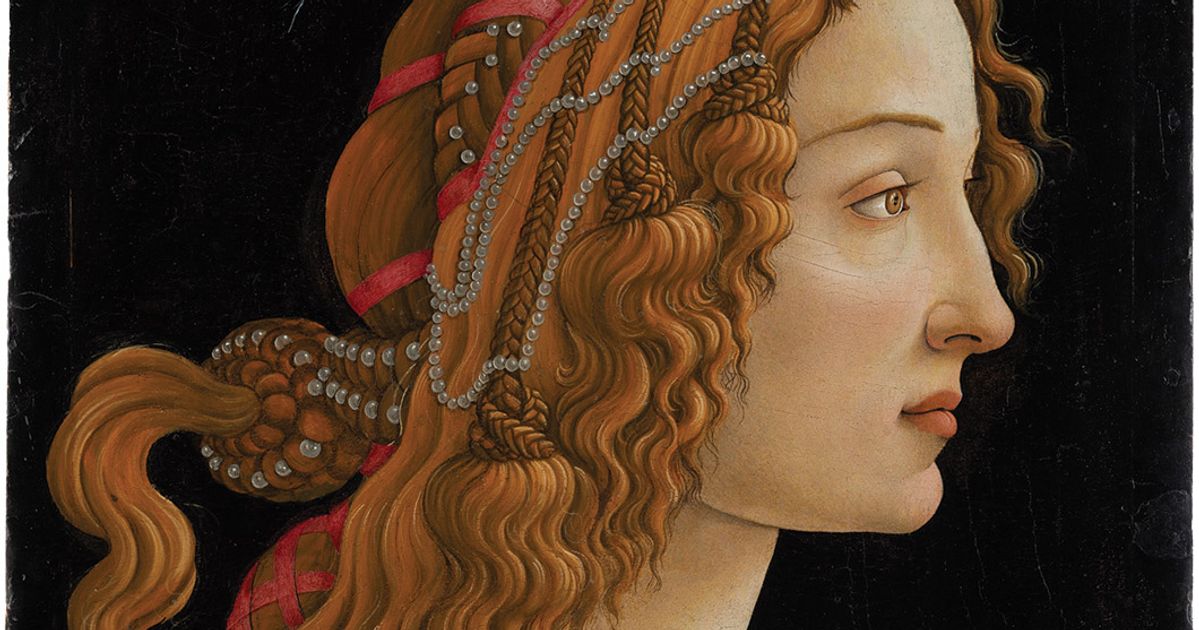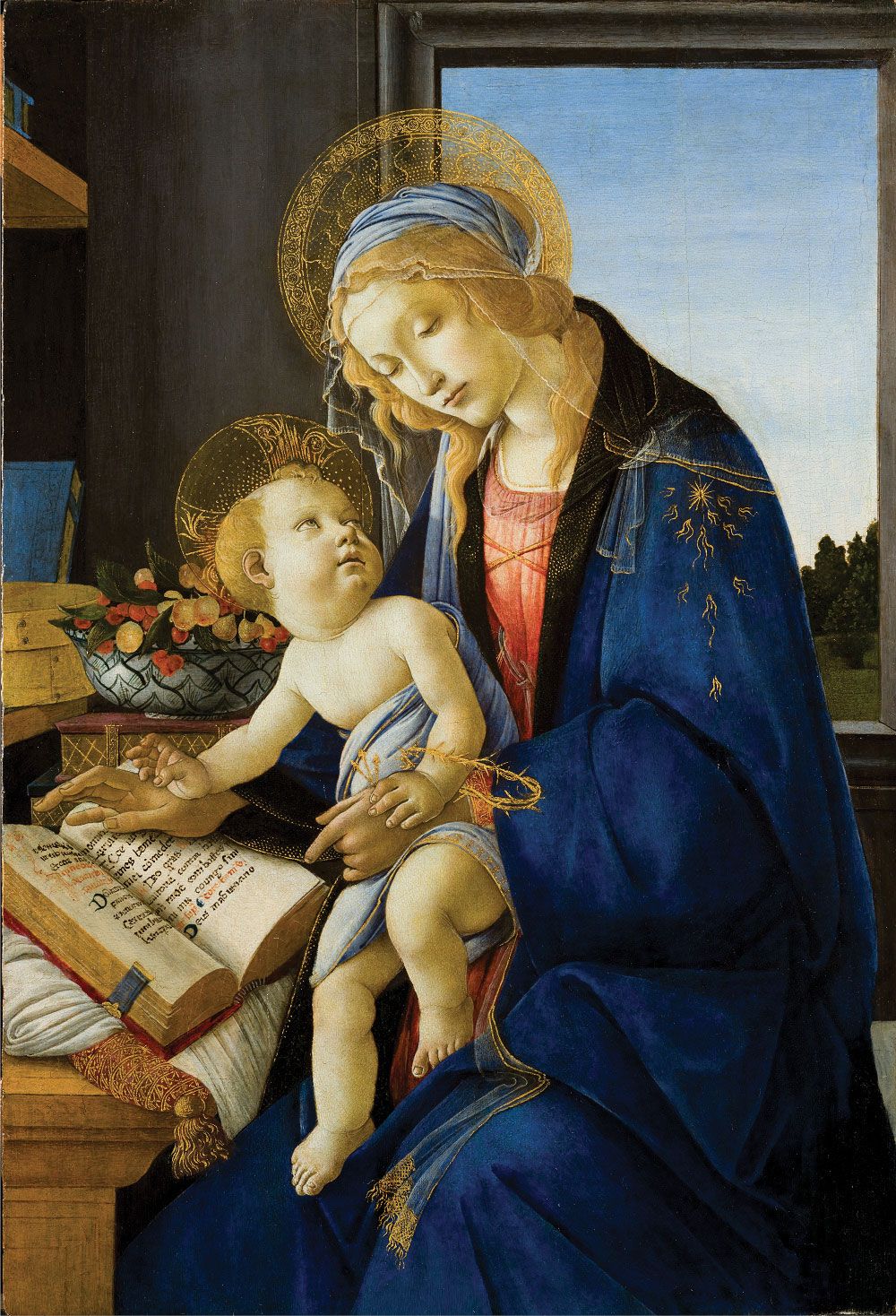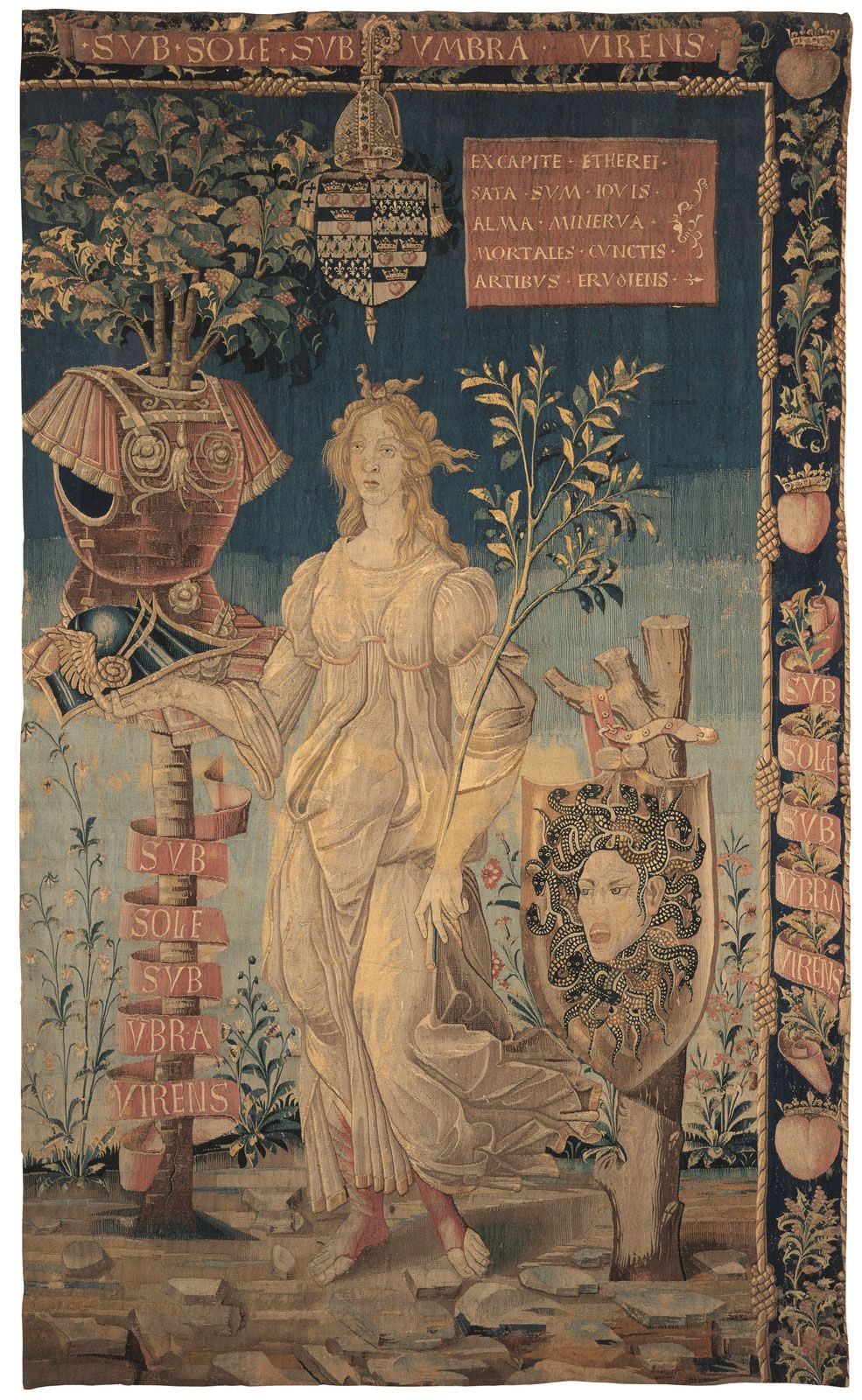
The 2016 exhibition Botticelli Reimagined at the Victoria and Albert Museum (V&A) in London provides the springboard for an ambitious new show devoted to the great Italian Renaissance master Sandro Botticelli. Curated by Ana Debenedetti (who was also a curator of the V&A show), it takes a different approach, exploring “the idea of the artist as designer”, Debenedetti says, and focusing on his studio as a veritable “laboratory of ideas”.
The show sets out to re-evaluate Botticelli’s most emblematic works within the context of the popular series and spin-offs produced by his gifted assistants. As early as 1470, some years before Botticelli produced his masterpieces, Primavera (1477-78) and The Birth of Venus (1482-83) (both in the Gallerie degli Uffizi in Florence, and unavailable for loan), Botticelli’s studio was up and running and regarded as one of the best in the city. So, while these two artistic tours de force bear the hallmark of Botticelli’s individual talent, studio hands would inevitably have been involved in their execution. “But the beauty of it is that the results are so harmonious,” says Debenedetti, “because Botticelli is there.”
“Botticelli is the greatest translator of the imaginary world of Western culture” Ana Debenedetti, curator
The show will include many major works by the master, including The Madonna of the Book (1480, from Museo Poldi Pezzoli in Milan) and the stunning portrait known as La Bella Simonetta (around 1480, from Frankfurt’s Städel Museum), which display all the features of a work that can be attributed to the master himself. “In the case of La Bella Simonetta,” Debenedetti says, “in its size, complexity, the enigma of the cameo pendant she wears, the nature of her extraordinary headdress, known as vespaio in Italian, it ticks all the boxes of an iconic work, although the application of the pictorial layer is another matter.”
The exhibition promises to immerse visitors in the artistic ambience of 15th-century Florence, looking at the artist’s studio “as a physical entity, in terms of master and assistants, but also at the studio as a creative mind, where you adapt and invent within a very tight repertory of forms—in the field of, for example, popular devotional images”, Debenedetti says.

On Debenedetti’s initiative, the V&A exhibition included a wall of tondi—the circular devotional compositions that Botticelli specialised in—to show how much all the versions had in common. This new exhibition will further explore “the joy of reusing motifs in paintings”. Two of the sensuous Botticellesque Venus pudicas will reveal another strategy of the studio: how motifs were lifted, in this case, from The Birth of Venus, and how they could become very successful images in a different form, devoid of their original context.
Researchers now know the names of some of the assistants who worked in the studio, although “it is extremely difficult to match names to works of art, let alone identify who did which bits of a painting”, Debenedetti says. “Their job was to conform and blend in completely.” The exhibition does attempt to name a few of them with the aid of archive documents, tentatively identifying an assistant known as the Master of the Gothic Buildings as Jacopo Foschi, for example.

Another coup will be the inclusion of the grand Botticelli altarpiece The Coronation of the Virgin (around 1492) on loan from The Bass in Miami Beach and which has never been exhibited in Europe before. It will be reunited with its four predella panels for the first time, which were done entirely by Jacopo Foschi. “Here we have a hugely prestigious work, but Botticelli doesn’t hesitate to ask an assistant to do the entire predella,” Debenedetti says.
So how did Botticelli manage to forge a hallmark style, which was at once sophisticated and individual while also eminently adaptable, ranging from paintings and panels to adorn elaborate furniture, to exquisite designs that could be rendered in embroidery, tapestry and marquetry? The exhibition will answer this by tracing the evolution of Botticelli’s style, showing his earliest devotional works alongside significant pieces by his master Filippo Lippi and his great contemporary Verrocchio, while also looking at how Lippi’s son, Filippino, came to work with Botticelli in his studio and how tasks were allocated between them.

“What Botticelli managed to do is really capitalise on the teaching of Filippo Lippi, who had already developed his own hallmark of the beautiful maiden in profile,” Debenedetti says. “Botticelli further developed the captivating, sublime image of what a beautiful woman looked like, and he managed to adapt this same physical trope to a secular, devotional or narrative context. He is also the greatest translator of the imaginary world of Western culture, diffused through poetry and philosophy. What better translator than Botticelli!” And what better designer and purveyor of such a translatable and covetable style?
• Botticelli: Artist and Designer, Musée Jacquemart-André, Paris, 10 September-24 January 2022
Source link : https://www.theartnewspaper.com/preview/laboratory-of-ideas-inside-the-botticelli-studio












